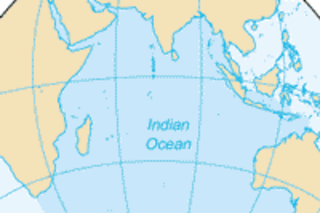BMC Evolutionary Biology [strike]has a new paper which will be up soon (not on site)[/strike], Reconstructing Indian-Australian phylogenetic link. ScienceDaily has a preview:
Dr Raghavendra Rao worked with a team of researchers from the Anthropological Survey of India to sequence 966 complete mitochondrial DNA genomes from Indian 'relic populations'. He said, "Mitochondrial DNA is inherited only from the mother and so allows us to accurately trace ancestry. We found certain mutations in the DNA sequences of the Indian tribes we sampled that are specific to Australian Aborigines. This shared ancestry suggests that the Aborigine population migrated to Australia via the so-called 'Southern Route'".
Remember that the mtDNA of South Asians tends to be related to the populations to their east far more than Y lineages, or the total genome content. In other words, the genetic variation of the whole genome tends to put South Asians closer to West Eurasians, while ...














